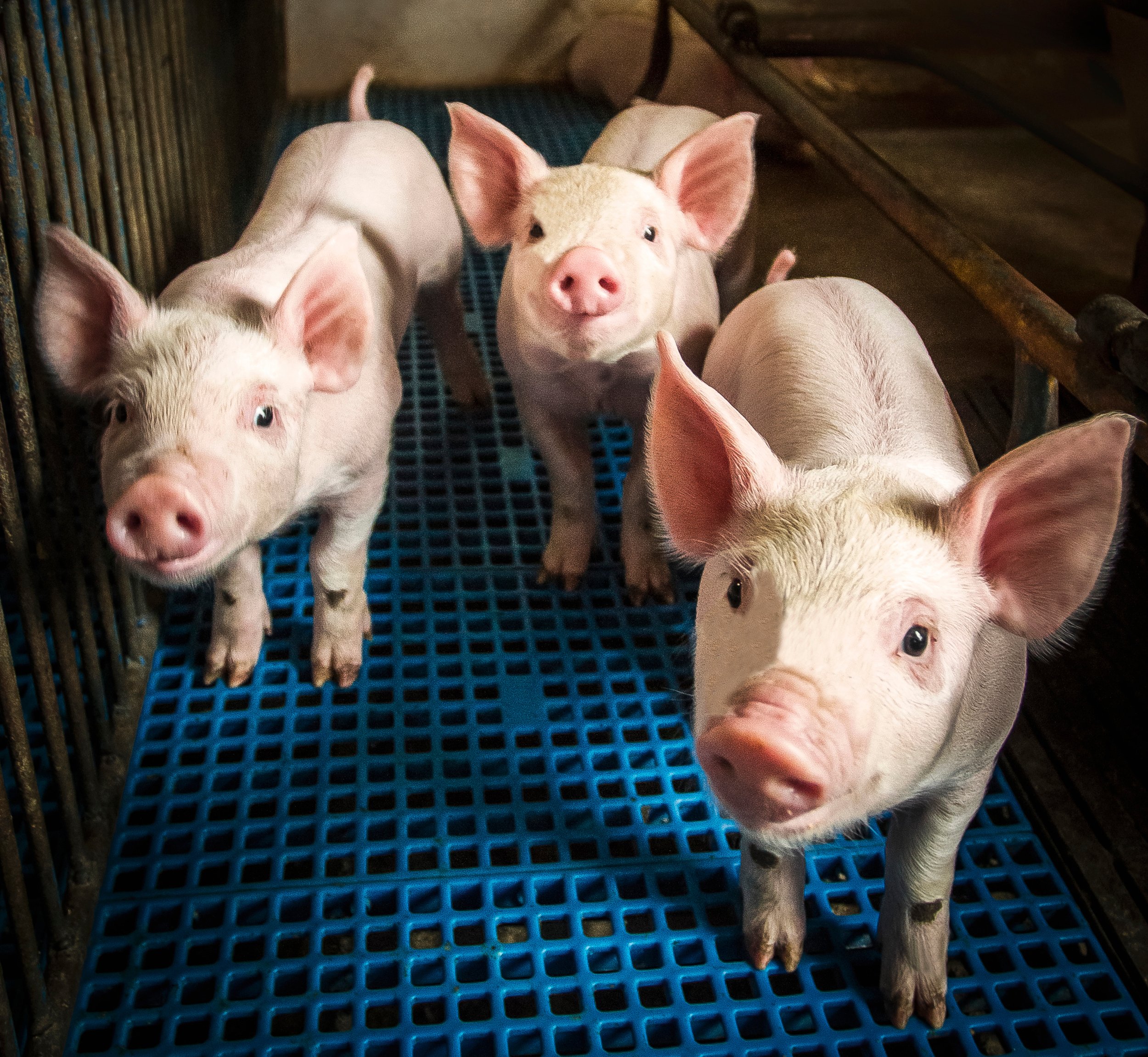Proso Millet as a Feed Alternative
Learn How One Study Could Be A Global Solution.
When you think of what to feed a pig, what comes to mind first? Corn, soybeans – but what about proso millet? That’s not too far of a stretch based on the latest study from the University of Nebraska-Lincoln. The first of its kind in decades, this study looked at the impact on growing & finishing hogs by replacing some or all of the corn in their feed with proso millet. And it provided some surprising results for Phillip Miller, a UNL Kermit Wagner Distinguished Professor in Animal Science, and his team of research students.
When industry experts requested research on the nutrient value in proso millet for livestock feed, Miller and his students got involved. Corn is often the cornerstone feed rations for hogs, but this study showed that proso millet could completely replace corn and the ration would still keep its feed value for growing pigs.
Breaking Down the Study
A group of 36 pigs were divided into four groups that received four different types of weighed feed rations, called treatments, for 13 weeks. Pigs were weighed at the beginning of the study and again every 14 days until the conclusion.
The four different rations were:
Pig Feed Treatment #1 | 100% corn and soybean meal based.
Pig Feed Treatment #2 | Replaced 33% of the corn from the first treatment with proso millet.
Pig Feed Treatment #3 | Replaced 67% of the corn in pig feed ration with proso millet.
Pig Feed Treatment #4 | Replaced 100% of the corn in the pig feed ration with proso millet.
The Results
We were very surprised when we saw the results that the pigs fed proso millet had the same feed efficiency rate as those eating a full corn diet. On top of that, they saw no change in their energy intake,” Professor Miller shared.
The first two treatments showed replacing 50% or more of the corn in the diet resulted in a higher daily feed intake, with no negative growth resulting from feed treatment #1. “These pigs were individually fed and ate really well, eating upwards of 8 pounds of feed a day with a daily rate of gain of about 2.5 pounds,” Professor Miller added. In addition, growing pigs fed 100% proso millet had a slightly higher rate of gain until the last finishing stage.
Overall, the research team at UNL was very happy with this study. The key finding was that replacing up to 100% of the corn with proso millet in growing to finishing diets will not negatively affect growth performance in pigs.
This study has shown us again, the power of proso millet. Not only is it a sustainable grain, with its water efficiency and nitrogen usage, but it’s a viable substitute for corn, one of the most popular crops grown for livestock and human consumption. Learn more about how proso impacts our daily lives here.
We are excited about all the opportunities and possibilities for this remarkable grain as we learn more about not only the markets that already exist for proso millet but also the markets that could benefit from adopting this greener grain in the future. We hope Professor Miller’s study will be the first of many to explore how proso millet could be used on a commercial scale to reduce the water and nitrogen footprint of the livestock industry. As proso millet markets continue to grow and develop, we are delighted with how consumers and producers can benefit from the power of this greener grain.



